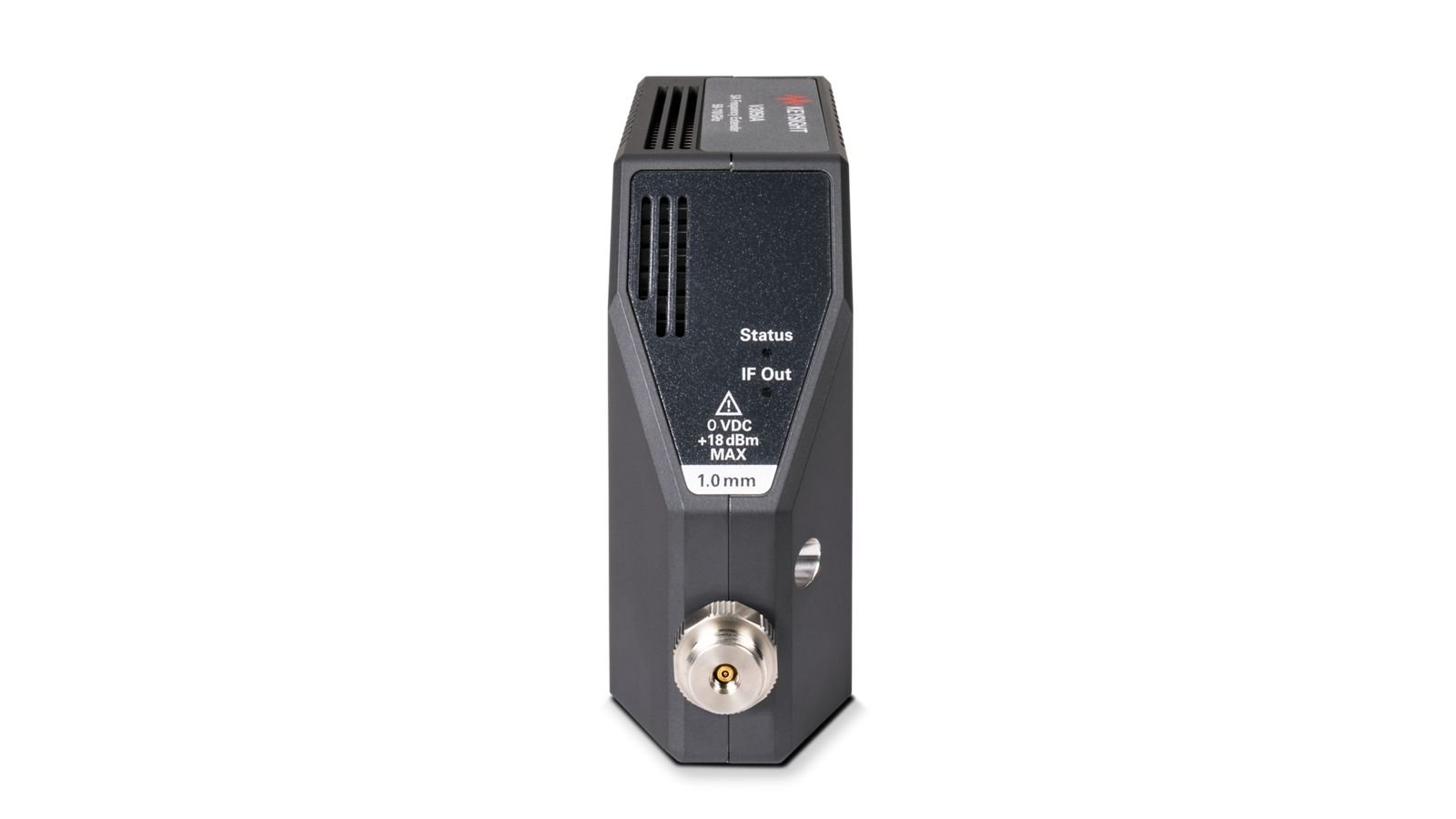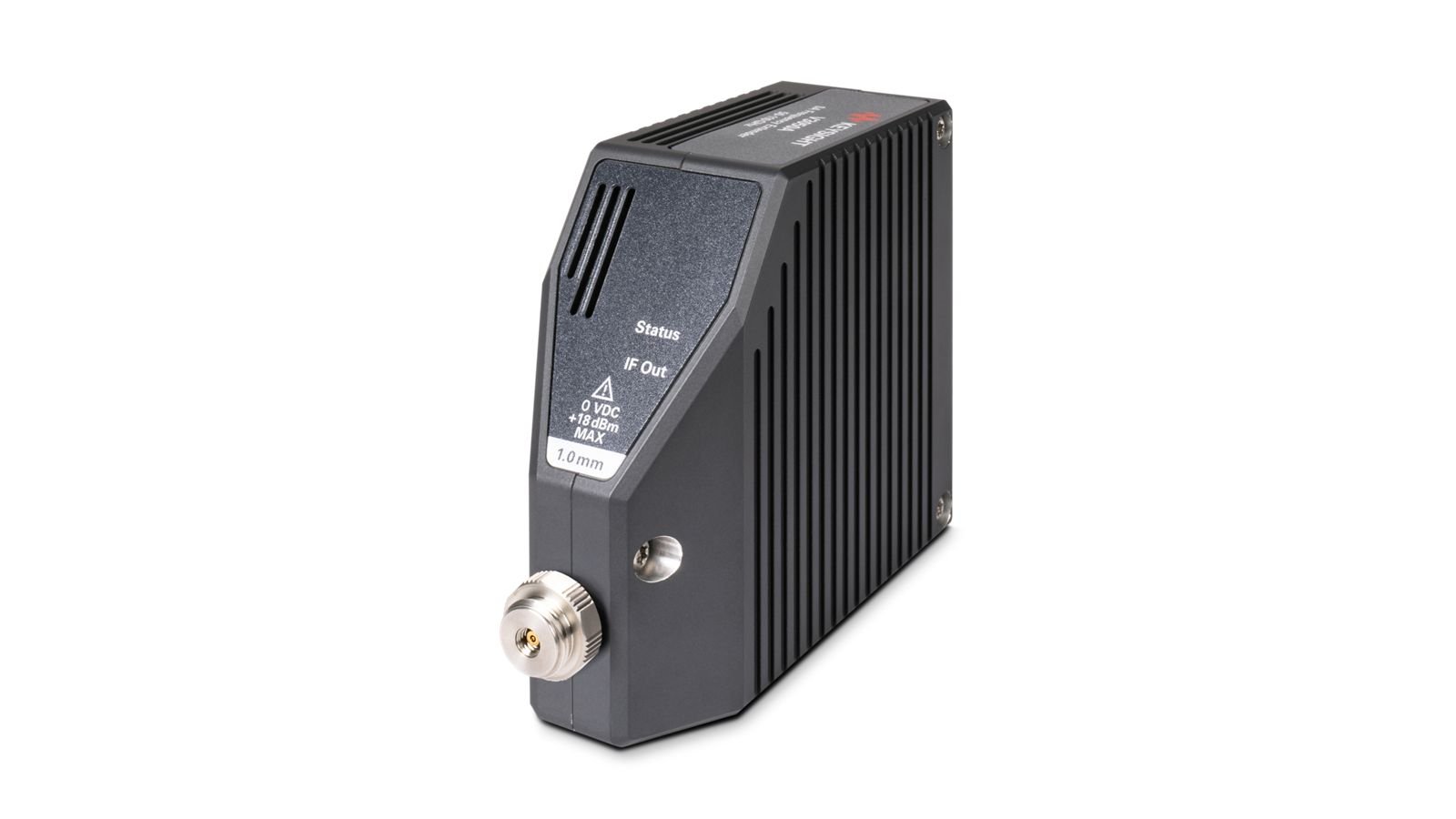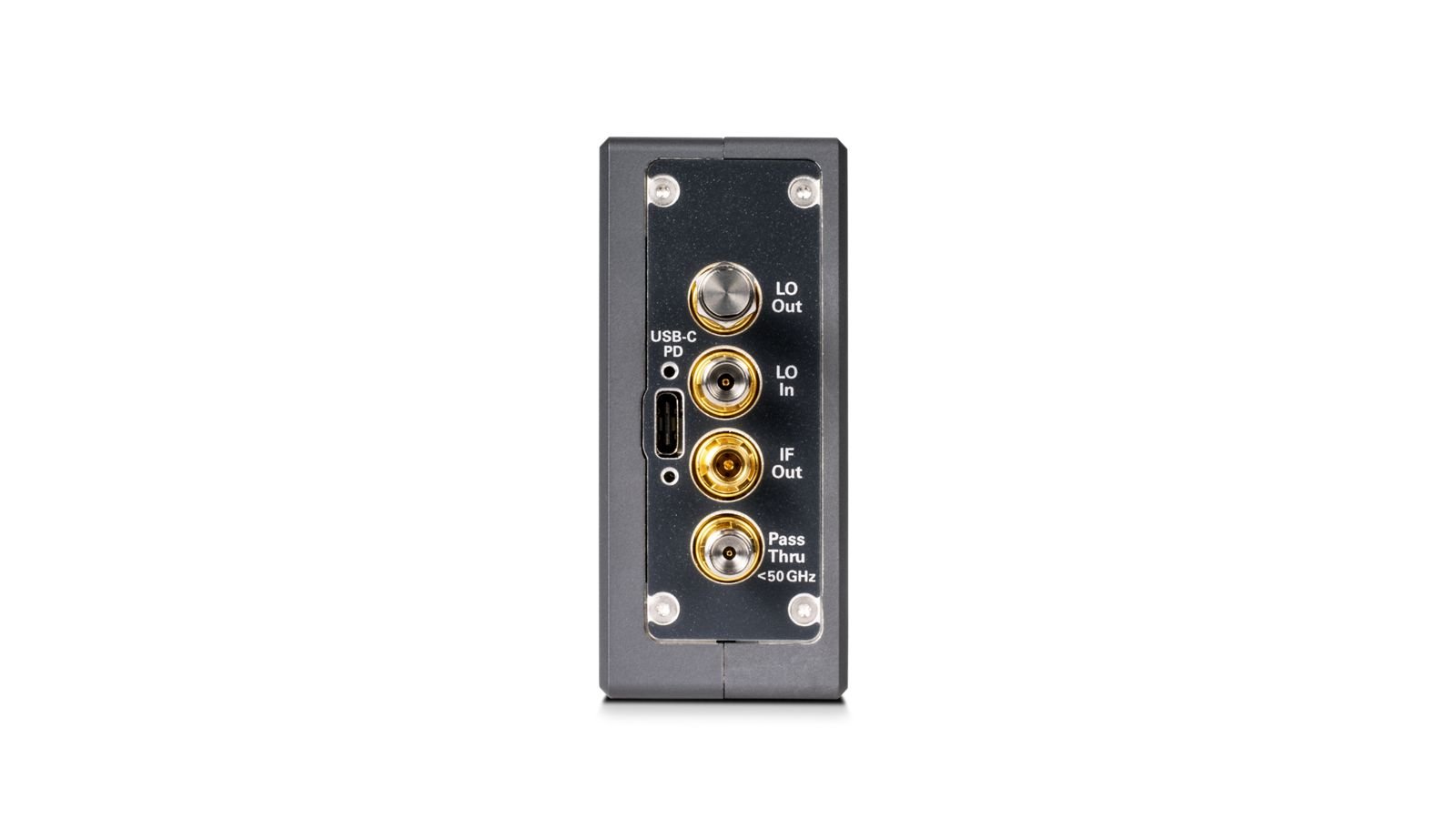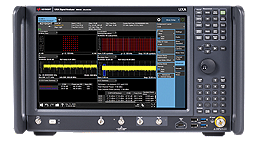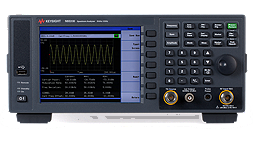Keysight V3050A-F09
50 GHz to 87.96-89.5 GHz
List Price USD 109,058.00 Save 50% USD 54,529.00 Excl. taxes.
- 4 x N2843 500MHz passive probes
- 1 x N2756A 16 channel MSO cable
- Software application bundle
- 1 Year Keysight Warranty
- Recent Calibration Certificate
Cannot ship to:
European Union
Switzerland
Norway
Turkey
Unit only ships within China.
Unit ships worldwide.
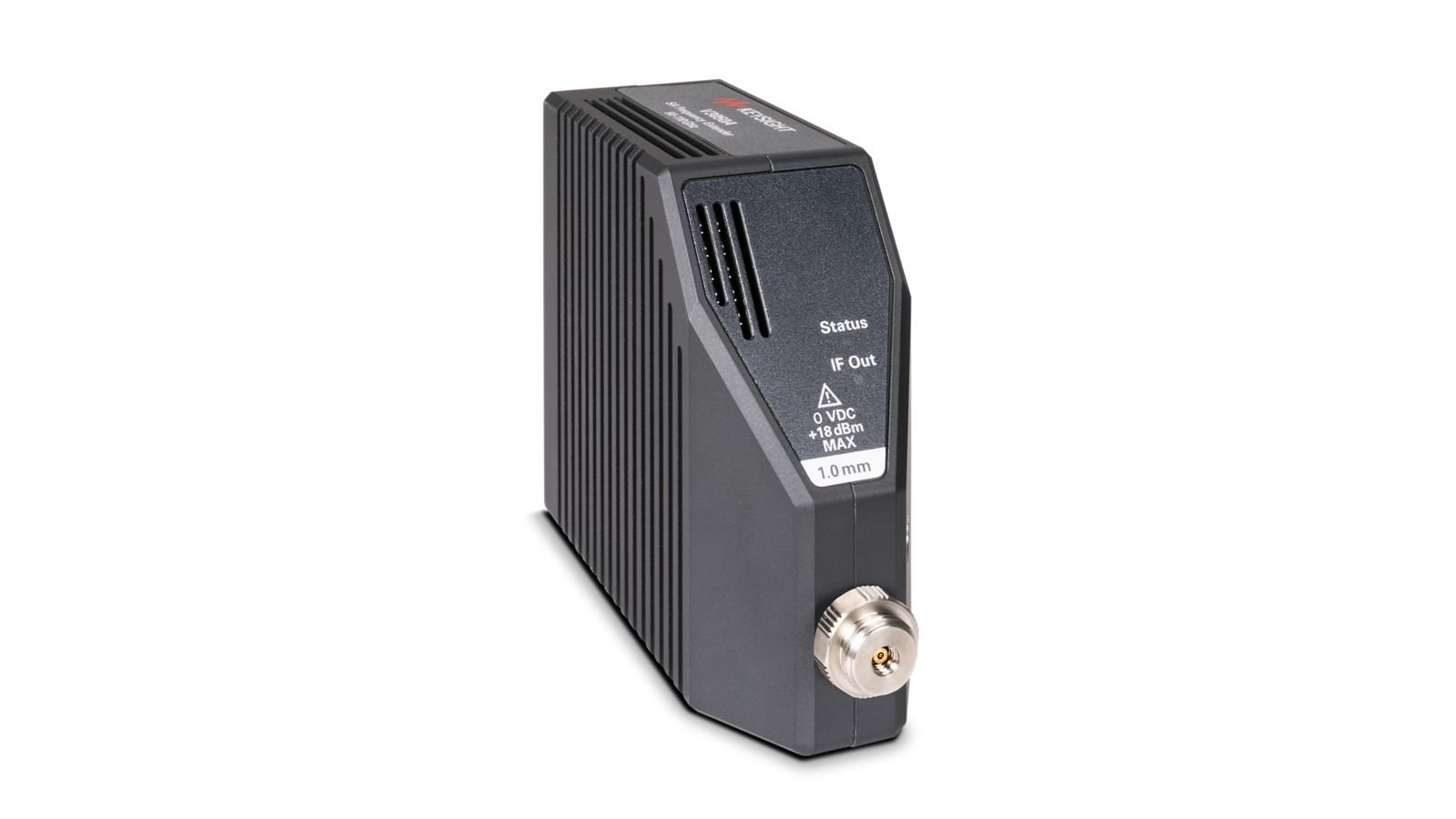
Keysight Premium Used
Keysight V3050A-F09
From
USD 54,529.00 Save 50%
| F09 | Frequency Range, 50 GHz to 90 GHz | Installed |
Request a customized version of this model by requesting a Custom Quote
Extend the Frequency of the N9042B UXA X-Series Signal Analyzer to 110 GHz
The innovative V3050A Signal Analyzer Frequency Extender gives you unmatched measurement accuracy of wideband signals at very high frequencies. It provides:
- Outstanding sensitivity
- Unbanded and preselected frequency coverage up to 110 GHz
- High dynamic range
- Seamless interface to the N9042B UXA signal analyzer
NOTE: Export restrictions apply to frequencies > 90 GHz
For Keysight Premium Used listings like-new accessories (e. g. a power cord) are included.
Other accessories that are not listed and included in the offer can be purchased separately at an extra cost with your purchase of a Keysight Used or Keysight Premium Used unit. Please specify in the comment field which additional accessories or support you are interested in.
For separate or post-purchase ordering, please contact your local Keysight office or Keysight Partner here. Or check our online store if available for your region here.


